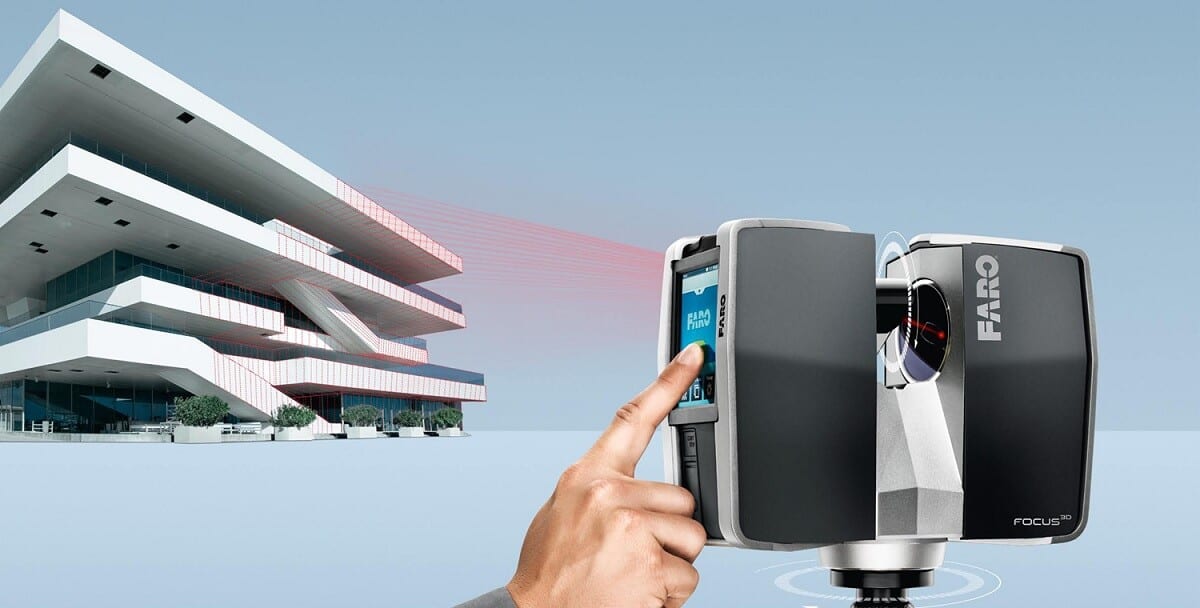With passing time, we meet many people who find our work interesting as we use 3D scanning technologies. We at Australian Design and Drafting Service company offer easy 3D scanning that helps the user to discover the ways to provide cutting-edge technologies.
3D Scanning topics we use here:
Chapter 1: The 3D Scanning Basics and Digital Modelling
Chapter 2: Different Methods for Data Collection
Chapter 3: Digital Modelling – Converting Raw Point Clouds into CAD Formats
Chapter 4: Reverse Engineering – To Design-Intent CAD Models
Chapter 5: Inspection / Analysis – To Compare with CAD
Chapter 6: Downstream the Main Applications for 3D Data Basics
Chapter 7: Digital Model Formats – Several Flavours of 3D CAD
Chapter 8: Using 3D Data for Visualisation
Chapter 9: Rapid Prototyping – To Make Physical Objects from Scan Data
Chapter 10: The Future – To Scan Desktop and other Manufacturing
THE BASICS
WHAT IS 3D MODEL, AND HOW DO YOU GET IT?
A 3D model comes with a digital representation of a physical object. If your object wants digital form, then use the direct dimensions that take physical objects and use advanced 3D scanning equipment to capture and transform them into 3D digital models.
We have an excellent team that processes the raw data gathered during a 3D scan into a digital model. We use different methods for collecting this data, including laser scanning and other digitising. A 3D model is incredibly versatile. Therefore, connect to know the 3D scanning basic.
WHY DO I NEED A 3D MODEL?
3D models are mainly used for several purposes, including animation or visualisation. One can make changes in design to form a new product. They perform a dimensional and comparative analysis of an object or even an FEA and CFD analysis. The team help to archive the purposes by accurately recording the state or form of an object.
They are used to repair the damage done to an object digitally. It reproduces the object in its proper form. They practice rapid prototyping and milling technologies. There are no limits on what can be done when something has been captured in 3D. In short, the technologies allow the physical object to be recreated into a 3D digital format.
WHEN? WHERE? HOW LARGE? WHAT ARE THE LIMITATIONS?
We capture objects indoors or outdoors, during the day or at night, using the technologies. As the sky is the limit, we know how large the technology can capture the smallest objects. Few of our equipment is portable, so we can come to your facility and encourage you to ship your items to our lab. On the large side, the Direct Dimensions scan the entire aeroplanes, historical monuments, stubs and ships, and tracts of land with large interior spaces like buildings.
We’ve scanned the mid-size objects such as spacesuits, countless consumer products and other artwork. We’ve done tiny, finely-detailed items, including coins, medical devices, and other dental appliances. Along with this, we capture fingerprints and skin textures. The bottom line offers the tools to scan it, and it’s most likely to use them.
WHAT’S NEXT? Now that we all understand the basics, we can scan and use the 3D data by learning more about the various methods for data collection! Looking for any 3D scanning work? Do contact us for more information.
What are 3D modeling services?
3D modeling services involve the creation of three-dimensional digital representations of objects, characters, environments, or concepts. These services are typically offered by professionals or companies specializing in computer-generated imagery (CGI) and design. Here are some key aspects of 3D modeling services:
Modeling: This is the core process of creating a 3D model using specialized software. Modelers manipulate digital vertices, edges, and polygons to sculpt and shape objects in three-dimensional space. They can create anything from simple geometric shapes to intricate characters or realistic environments.
Texturing: Texturing involves adding surface details and colors to 3D models to make them appear realistic or stylized. Texture artists apply images or procedural techniques to simulate materials such as wood, metal, fabric, or skin.
Rendering: Rendering is the process of generating 2D images or animations from 3D models. Rendering software calculates lighting, shadows, reflections, and other visual effects to produce the final output. High-quality rendering can make a 3D model look lifelike and immersive.
Who needs 3D services?
Many industries and individuals can benefit from 3D services. Here are some examples:
Architecture and Real Estate: Architects use 3D modeling to visualize and plan buildings before construction. Real estate agents use 3D virtual tours to showcase properties to potential buyers.
Manufacturing: Manufacturers use 3D printing for prototyping and rapid product development. It allows them to iterate designs quickly and reduce time to market.
Entertainment: The film, animation, and gaming industries heavily rely on 3D graphics for creating immersive worlds, characters, and special effects.
Healthcare: Surgeons use 3D printing to create patient-specific models for surgical planning and training. Dentists use it for creating dental implants and orthodontic devices.
Education: 3D models and simulations enhance learning experiences in various fields, from biology to engineering. They help students visualize complex concepts in a more tangible way.
Marketing and Advertising: Marketers use 3D rendering for creating product visualizations and advertisements. It allows them to showcase products from different angles and in various environments.
Fashion and Retail: Fashion designers use 3D modeling to create digital prototypes of clothing and accessories, reducing the need for physical samples. Online retailers use 3D product visualization to improve the shopping experience.
Engineering and Construction: Engineers use 3D modeling for designing machinery, infrastructure, and industrial plants. Construction companies use Building Information Modeling (BIM) for better project management and coordination.
Gaming and Virtual Reality (VR): Game developers use 3D modeling and animation to create immersive gaming experiences. VR applications also heavily rely on 3D graphics for creating realistic virtual environments.
Cultural Heritage Preservation: Museums and cultural institutions use 3D scanning and modeling to preserve and digitize artifacts and historical sites.
